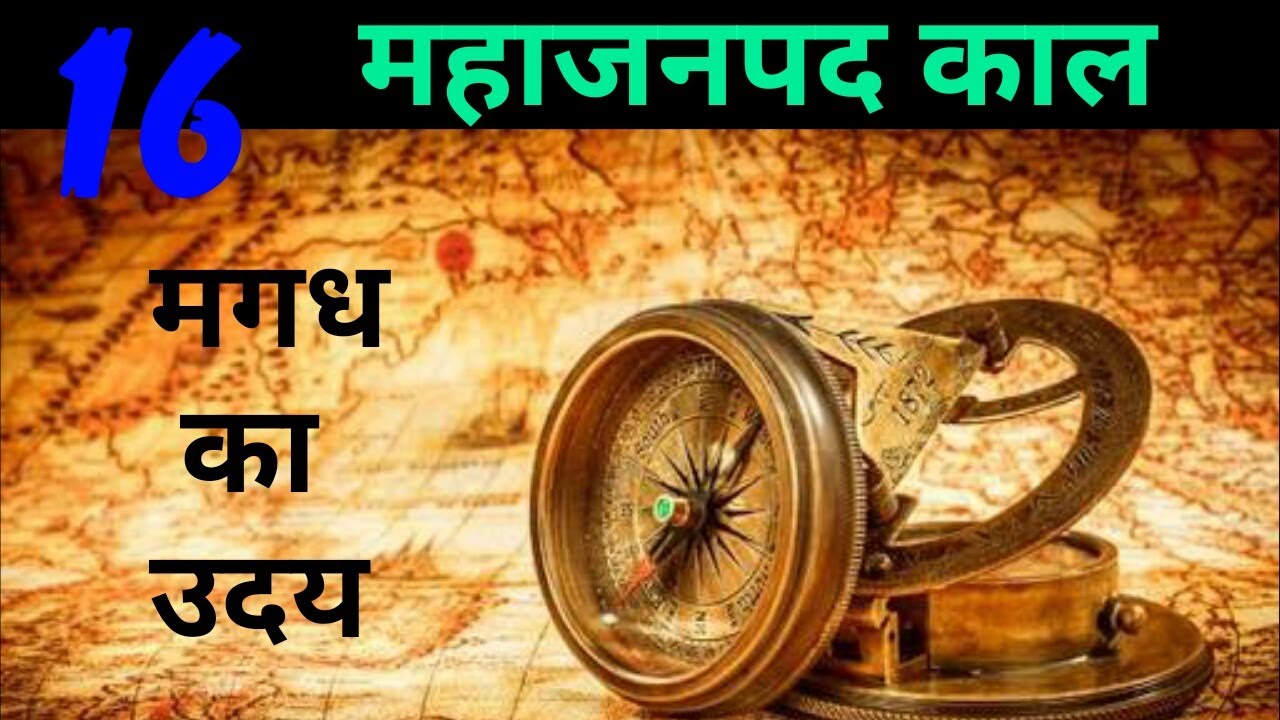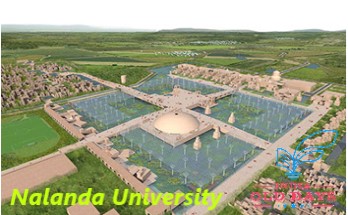Vakataka ruler Harishen
The most powerful ruler of the Basim branch was Harishen. Who ruled from 475-510 AD. At the time of Harishen ascension, Prithvisen II of the principal branch of vakataka died. Since Prithvisen has no son, Therefore, the rule of that branch also came into the hands of Harishen.
His Victories are described in the Ajanta cavity, according to which the rule of Kuntal, Avanti, Kosal, Trikuta, Laat, Andhara etc. came under its sphere of influence.
Empire expansion of Vakatakas
This shows that his kingdom was wide, Which included a vast area from Malwa in the north to Kuntal in the south and from the Bay of Bengal in the east to Arbsagar in the west.
This kingdom was also larger than the empire established by Emperor Pravarsen I. In fact, no contemporary state was so elaborate and powerful. At the time of Harishna’s death, the Vakataka kingdom reached the peak of its influence, power and prestige.
Harishen was the last ruler of the vakataka dynasty. By the time of his death, the Vakataka Empire completely disintegrated until around 550 AD. After this, the Chalukyas took its place in the south.
During the period of the weak successors of Harishan, the Kadambas of Karnataka, Kalachuri in northern Maharashtra and the Nal rulers of Bastar had taken control of most parts of the Vakataka state.The Chalukya kings defeated all these powers and established their vast empire in the south.
The Vakataka rulers were lovers of learning and art.
Thus the Vakatakas ruled Madhya Pradesh, Berar and the upper south for three centuries. The rulers of this dynasty were avid lovers and generous patrons of art and literature. The complete development of the Vaidarbhi style of Sanskrit took place in the court of the King of Vakataka. Some scholars believe that Kalidasa, the royal poet of Chandragupta II, lived for some time in the court of Pravarsen II. There he revised his bridge and wrote his poem Meghdoot in Vaidarbhi style.
Religion of the Vakataka
The Vakataka king Brahmins were religious. He was the exclusive worshiper of Shiva and Vishnu. The kings of this dynasty had performed many Vedic yajna rituals like Ashwamedha, Vajpayee etc. His titles were of Parammaheshwar and Param Bhagwat. But he was not intolerant in any sense.
Art skills also progressed in the Vakataka era. The temple of Nachna was built by the feudatory Vyaghradeva of Vakataka king Prithvisen II. The 16th and 17th Guha-Viharas of Ajanta and the 19th Guha-Chaitya were built in this era. Its gets a gorgeous paintings
Thus, the rule of the King of Vakataka has been famous for the development of literature, religion and art.
Reference : https://www.indiaolddays.com





